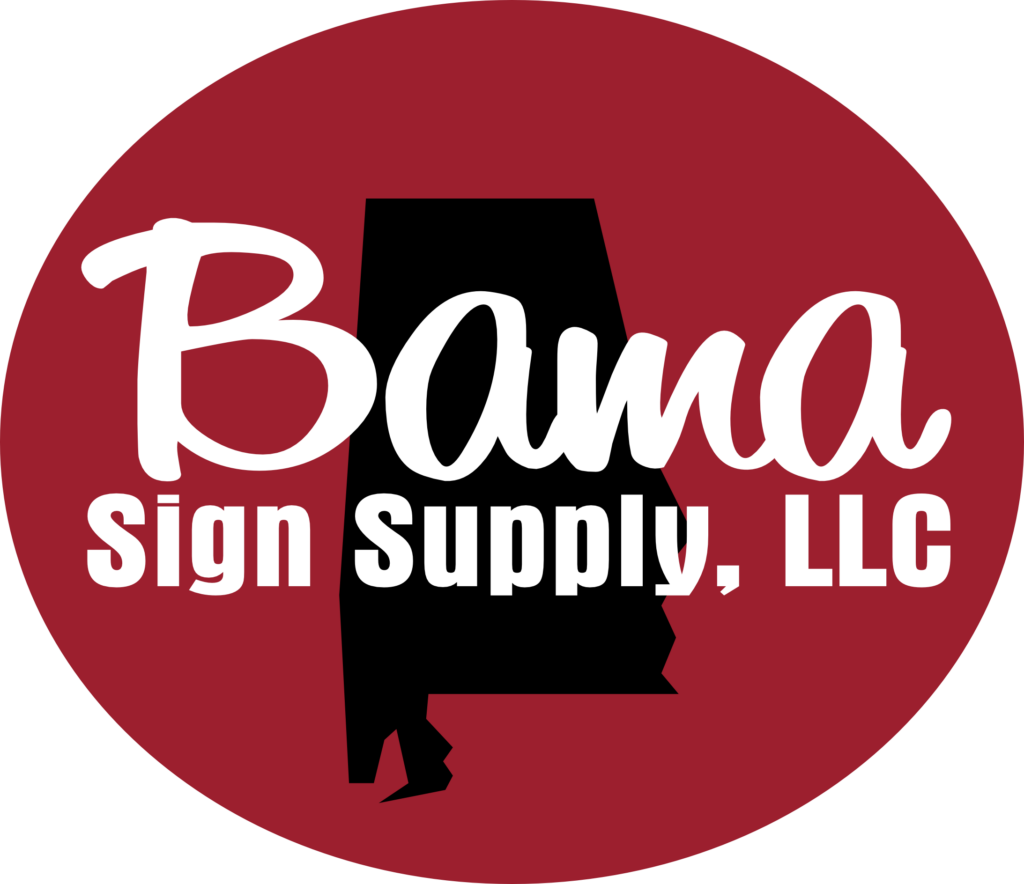When it comes to creating signage for indoor and outdoor use, selecting the right substrate is crucial for achieving the desired results. The substrate, or the material on which the sign is printed or mounted, plays a significant role in the overall appearance, durability, and longevity of the signage. Different environments require different considerations, and understanding the differences between indoor and outdoor substrates is essential for creating impactful and long-lasting signage.
Indoor Signage Substrates:
For indoor sign-making projects, there are a variety of substrate options available, each with its own set of benefits and applications. Some common indoor substrates include:
1. Foamcore: Foamcore is a lightweight and cost-effective option for indoor signage. It is easy to cut and shape, making it ideal for presentations, trade shows, and temporary displays.
2. PVC: PVC (polyvinyl chloride) is a durable and versatile material that is suitable for indoor signage. It is resistant to moisture and can be used for long-term displays.
3. Acrylic: Acrylic is a high-quality substrate that offers a sleek and professional look for indoor signage. It is resistant to fading and can be used for backlit displays and decorative signage.
Outdoor Signage Substrates:
Outdoor signage requires substrates that can withstand harsh weather conditions, UV exposure, and other environmental factors. Some popular outdoor substrates include:
1. Aluminum: Aluminum is a durable and weather-resistant material that is commonly used for outdoor signage. It is lightweight and rust-proof, making it suitable for long-term outdoor displays.
2. Corrugated Plastic: Corrugated plastic, also known as Coroplast, is a cost-effective and weather-resistant substrate that is often used for outdoor signs, yard signs, and temporary displays.
3. Dibond: Dibond is a composite material consisting of two sheets of aluminum with a solid polyethylene core. It is rigid, weather-resistant, and suitable for outdoor signage that requires a professional and durable finish.
Key Considerations for Substrate Selection:
When choosing substrates for indoor vs. outdoor sign-making projects, there are several key considerations to keep in mind:
– Durability: Outdoor signage requires substrates that can withstand exposure to the elements, including rain, wind, and sunlight. Selecting materials with UV-resistant properties is crucial for preventing fading and deterioration.
– Printability: The substrate should be compatible with the printing process and inks used for the signage. Some materials may require special treatments or coatings to achieve the desired print quality.
– Application: Consider the intended use and location of the signage. For example, outdoor signs placed in high-traffic areas may require more durable substrates than indoor signs in a controlled environment.
– Budget: Evaluate the cost of materials and weigh it against the desired longevity and quality of the signage. While some substrates may be more expensive upfront, they may offer better long-term value in terms of durability and performance.
In conclusion, selecting the right substrate is a critical step in the sign-making process, whether for indoor or outdoor use. By understanding the specific requirements and characteristics of different substrates, sign makers can create impactful, durable, and visually appealing signage for a variety of applications. By considering factors such as durability, printability, application, and budget, sign makers can make informed decisions when choosing substrates for their projects.
